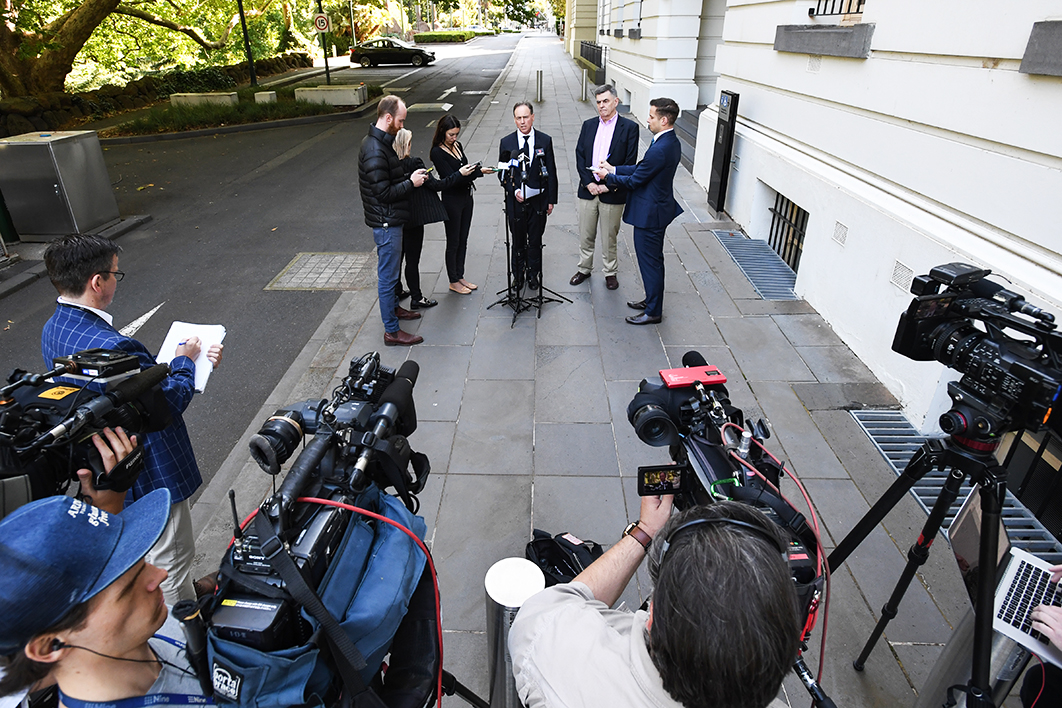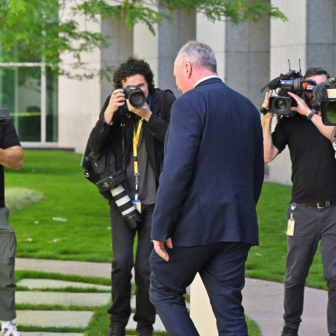How much would you pay to avoid a “short, painful but not dangerous electric shock”? If the probability of receiving the shock was just 1 per cent, researchers found, then the median answer was $7. But what if the probability of receiving the exact same shock was 99 per cent? How much would people pay to avoid that kind of shock? Despite the ninety-nine-fold increase in probability, people would pay just $3 more.
This experiment highlighted what behavioural economists and psychologists know all too well: people are awfully bad at assessing and responding to risk. After 9/11, millions of Americans chose to drive to their destinations rather than fly. The result was more than a thousand extra road fatalities, a tragic yet unsurprising outcome given the probability of dying in a car accident is 5263 times greater than dying from terrorism.
People’s innate inability to assess risks is on display again with the coronavirus. As things currently stand, the probability of catching Covid-19 in Australia is statistically indistinguishable from zero. But not only are people already taking elaborate precautions regardless, the precautions they are taking — wearing the same facemask for hours on end and avoiding Chinese restaurants — range from pointless to ludicrous.
This is a big problem for the economy. The World Bank estimates that 90 per cent of the economic damage from pandemics stems from people’s fear of associating with others. Only 10 per cent comes from the virus itself. The core tenet of macroeconomics — “my spending is your income, and your spending is my income” — encapsulates the problem. The Australian economy is losing $1 billion every month by preventing Chinese tourists from entering the country, to say nothing of the even bigger cost of blocking Chinese students, businesspeople and other visitors.
This brings us to the second big cost of the coronavirus: ineffective and counterproductive policy responses. Too many policymakers are prioritising political expediency over effectiveness. Health experts show that temperature checks at airports are a waste of time. Screening for SARS in Canada in 2003, for example, found zero instances of the disease, despite its killing 774 people, including forty-four in Canada. Yet many policymakers have been quick to implement this measure.
In Laos, the government has put a price ceiling on face masks, fearing that poor people will not be able to afford them. Putting aside the limitations of face masks, the embarrassingly obvious result of this policy is textbook economics: a chronic shortage of face masks.
In China, the government has been busted lying to its citizens, suppressing information and covering up its failures, all of which have made the spread of the virus deadlier.
Australians in China were allowed to come home while Chinese students studying in Australia have been barred, despite both groups carrying the exact same risk. The travel ban on people from China and Iran has similarly not been replicated for Italy, Korea or Japan, despite some of those countries having higher rates of infection. And the government’s claim that hospitals can rely on their “surge capacity” has left many doctors and nurses searching high and low for where this alleged capacity is hidden.
What should the policy response be? Economics has some answers.
Eradicating pandemics is what economists call a “weakest-link public good.” It is a public good because nobody can be excluded from enjoying this benefit, regardless of what country he or she lives in, and one person’s enjoyment of a pandemic-free environment does not stop another person from enjoying the same thing. But it is a weakest-link public good because it depends on the weakest link in the chain. Germany and France can completely eradicate the virus, but if Italy drops the ball, it will be back within days.
Supplying a weakest-link public good requires global cooperation. It requires rich countries with strong healthcare systems to help poor countries with weak healthcare systems. The coronavirus has now emerged in more than sixty countries and has been confirmed in some of the world’s poorest, including those in sub-Saharan Africa. But the bilateral and multilateral cooperation that allowed the world to eradicate smallpox is conspicuously absent. Australia should be helping our neighbours to defeat the virus by sending money, supplies and medical professionals, not randomly blocking some people over others.
Economics is fundamentally about incentives, as is any effective response to the coronavirus. People’s incentives need to be aligned with the social objective. People who don’t have adequate paid sick leave have an incentive to go to work and infect others. People who don’t have medical insurance (many Americans, that is) have an incentive not to seek treatment. And people who feel like they are being abandoned by the system have little incentive to adhere to the system’s quarantines and curfews. If economics shows us anything, it’s that incentives matter.
At the macro level, the economic impact of the coronavirus could be substantial. Friday’s 3.3 per cent fall in the ASX200 is a confronting risk assessment from markets. If the coronavirus is as easy to spread and as dangerous as the 1957 Asian flu, it could kill fourteen million people and wipe $500 billion off global GDP, according to analysis by ANU’s Warwick McKibbin and Alexandra Sidorenko. They find that the cost to Australian GDP could range from 0.80 per cent (the mild scenario) to 2.35 per cent (the moderate scenario), 5.58 per cent (the severe scenario) or 10.58 per cent (the ultra scenario). The severity is driven by how households, firms and governments respond. Given the Australian economy is starting from a weak base, even the mild scenario would halve Australia’s current year-to-year GDP growth (and this is before the weak March quarter is considered).
The Morrison government is getting ahead of the curve by announcing a willingness to implement “targeted, modest and scalable” fiscal stimulus. The Reserve Bank has similarly expressed concern, although its forecast of a 0.2 per cent hit to GDP growth in early February now seems optimistic. If the US Federal Reserve cuts interest rates, which markets are pricing at a 90 per cent probability, the Aussie dollar will appreciate, putting more pressure on our Reserve Bank to cut rates and move closer to quantitative easing. Markets are putting the chances of a rate cut from the RBA at 18 per cent for March and 68 per cent for April.
The problem is that macroeconomic stimulus — whether it’s fiscal stimulus or monetary stimulus — works well for demand-side shocks (where consumers stop spending) but less well for supply-side shocks (where business supply chains, investment and production come under pressure). The coronavirus is both, but the supply-side impacts of the virus mean that the benefits of stimulus will be more limited. Increased consumer demand is of limited value when firms can’t access their supply chains. This means that governments must be proactive in keeping markets open and helping businesses weather the storm.
The ultimate economic cost of the coronavirus is unknown. But what we do know is that the bulk of the cost will come from how consumers and governments respond, underscoring the importance of a measured, science-based approach. If panic and political expediency are prioritised over policy effectiveness, the treatment will be worse than the disease. •




